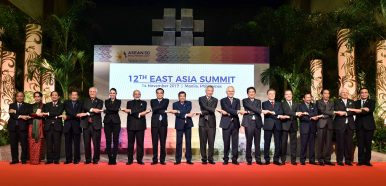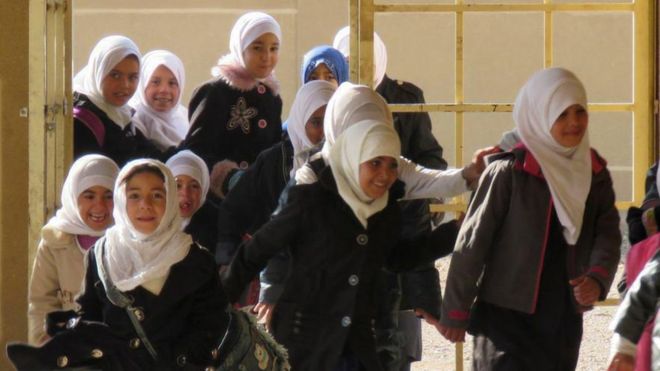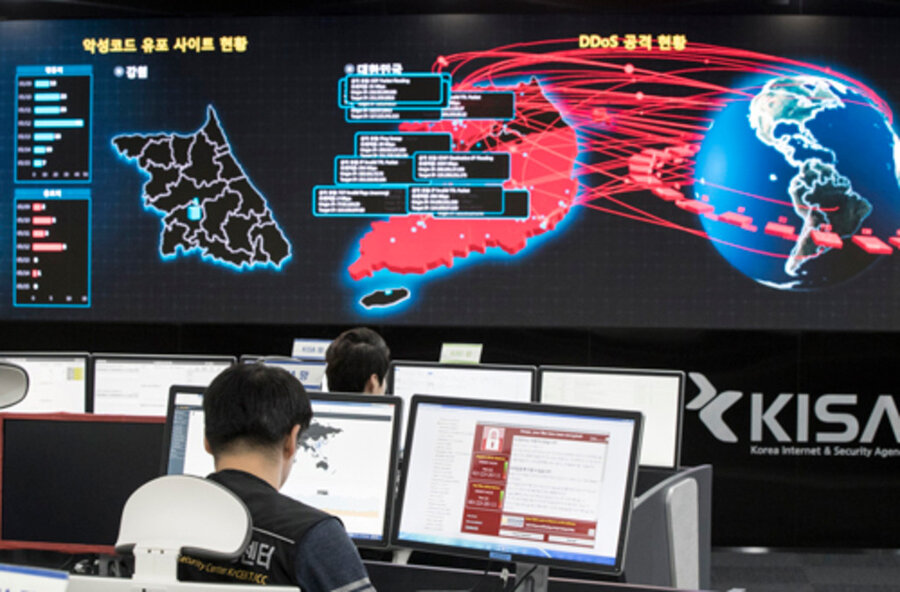By Lt Gen H S Panag
 It is well-known that the Indian National Army (INA) was first proclaimed in April 1942 after the fall of Malaya and Singapore with Indian Prisoners of War (POW) and the Indian diaspora. This volunteer force known as INA 1 was disbanded in December 1942 due to differences with the Japanese, but later merged with INA 2 raised under Subhas Chandra Bose in July 1943. What is less known is that similar forces at a smaller scale were also raised by Italy and Germany. At the outbreak of World War II, the struggle for freedom in India had been on for over five decades. Hence, it was logical for the Axis powers to capitalise on the anti-British sentiments by attempting to recruit a military force from disaffected Indian POW captured while serving with the British Indian Army.
It is well-known that the Indian National Army (INA) was first proclaimed in April 1942 after the fall of Malaya and Singapore with Indian Prisoners of War (POW) and the Indian diaspora. This volunteer force known as INA 1 was disbanded in December 1942 due to differences with the Japanese, but later merged with INA 2 raised under Subhas Chandra Bose in July 1943. What is less known is that similar forces at a smaller scale were also raised by Italy and Germany. At the outbreak of World War II, the struggle for freedom in India had been on for over five decades. Hence, it was logical for the Axis powers to capitalise on the anti-British sentiments by attempting to recruit a military force from disaffected Indian POW captured while serving with the British Indian Army.









